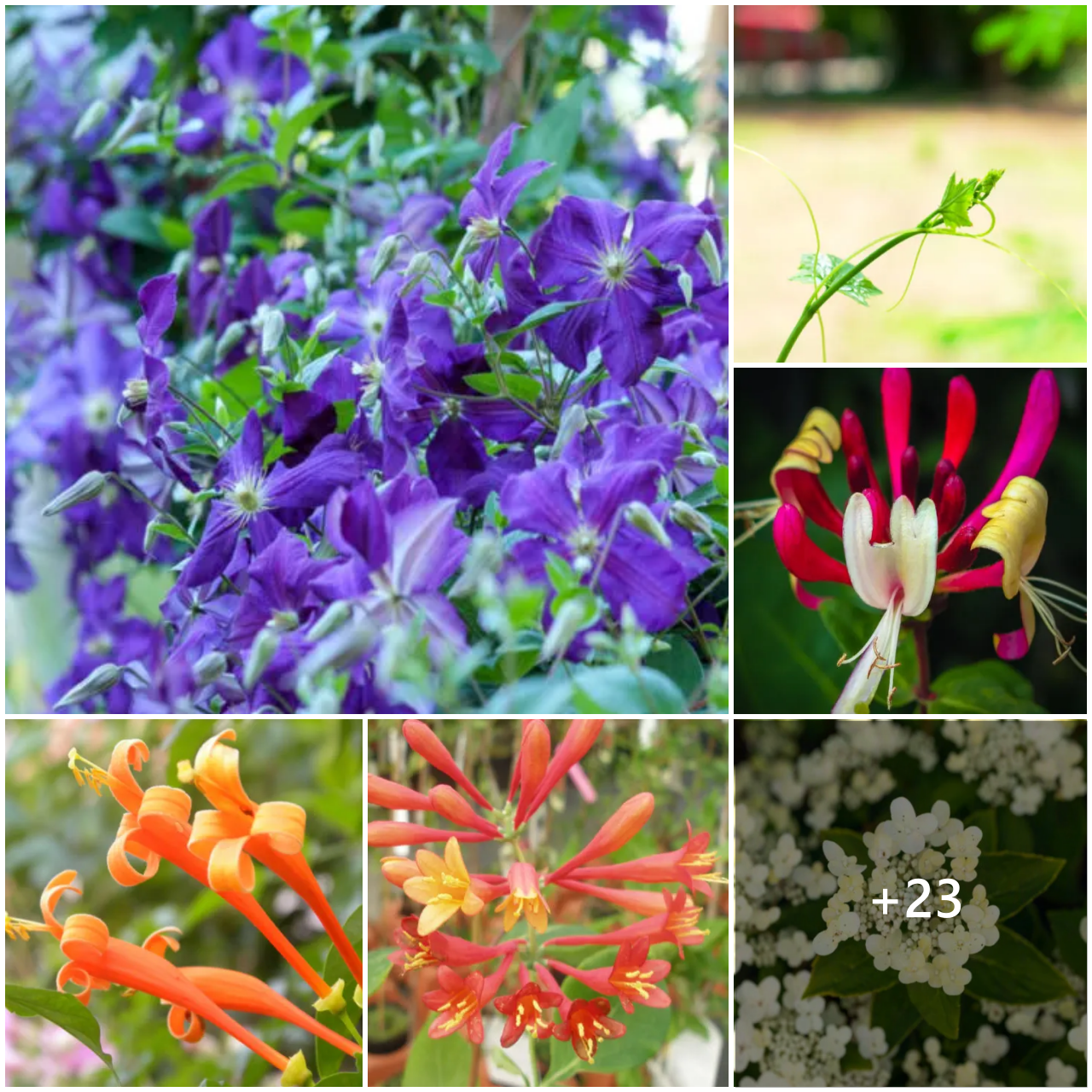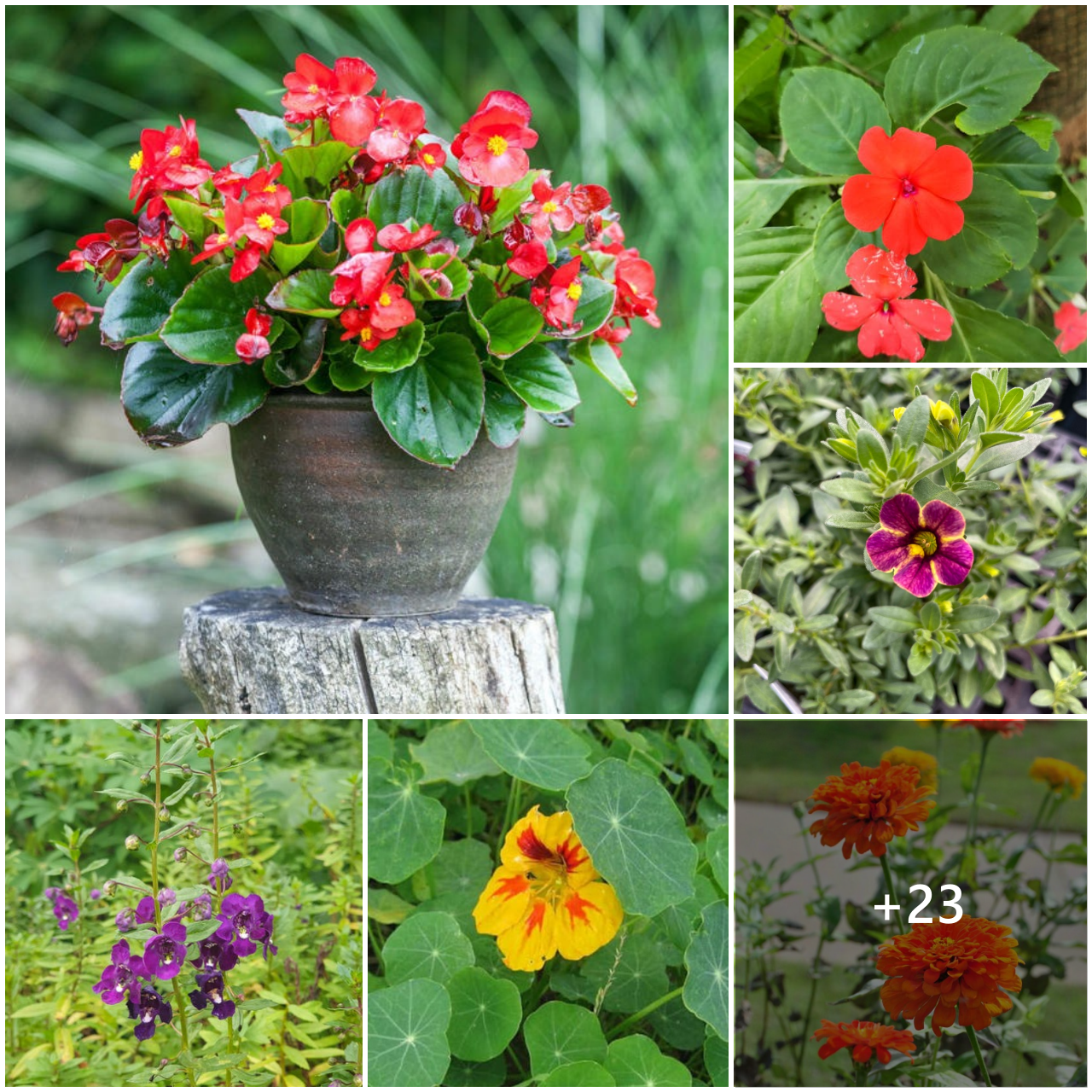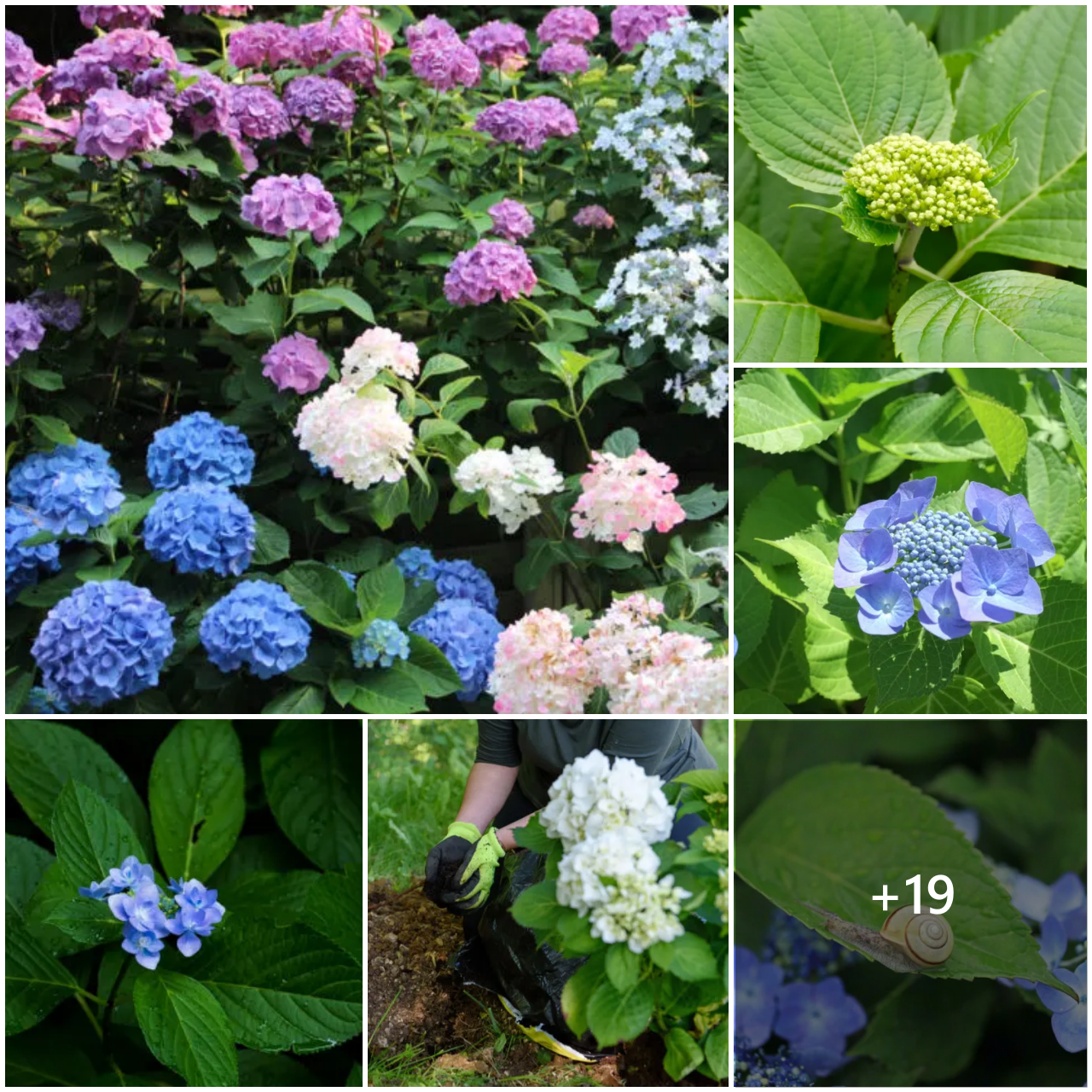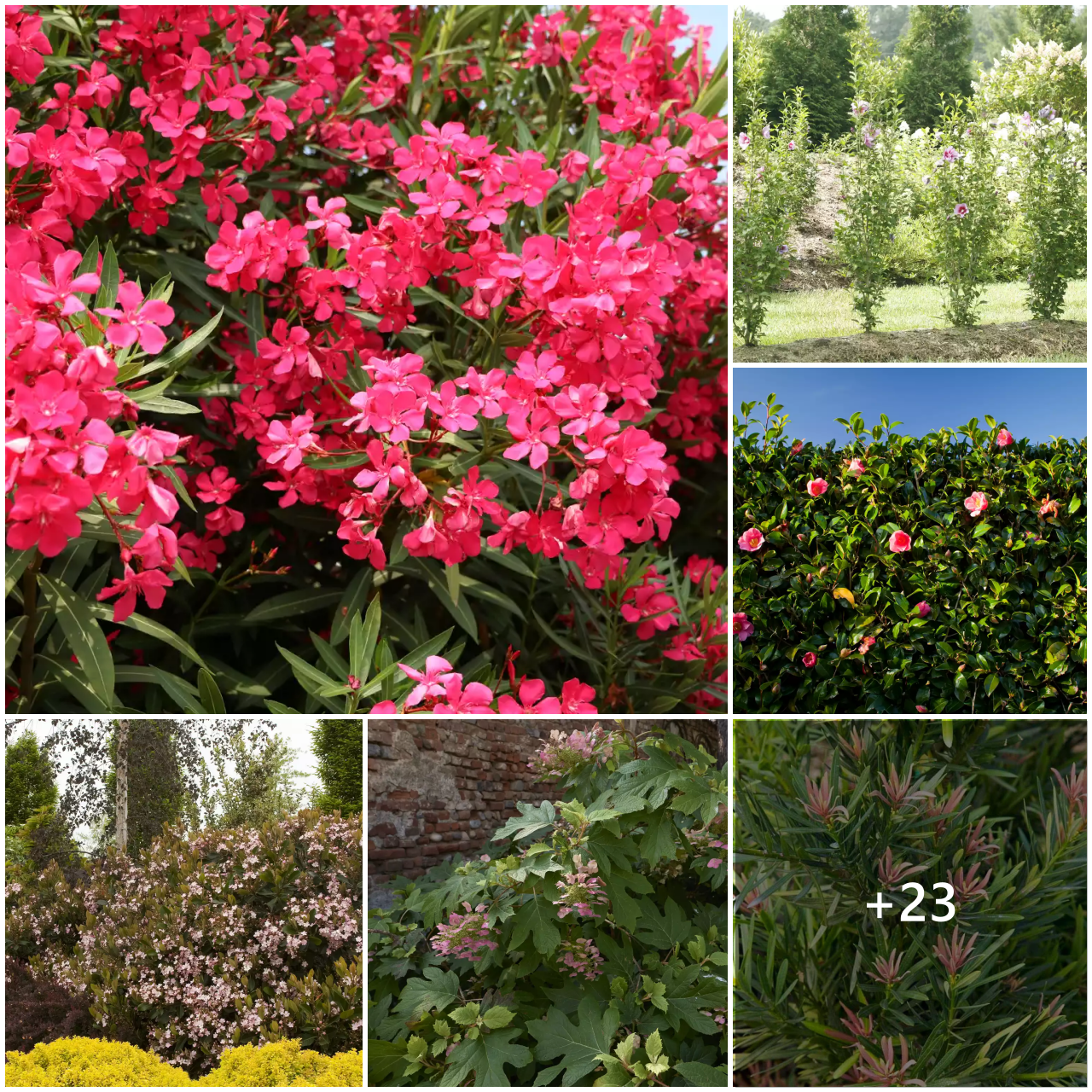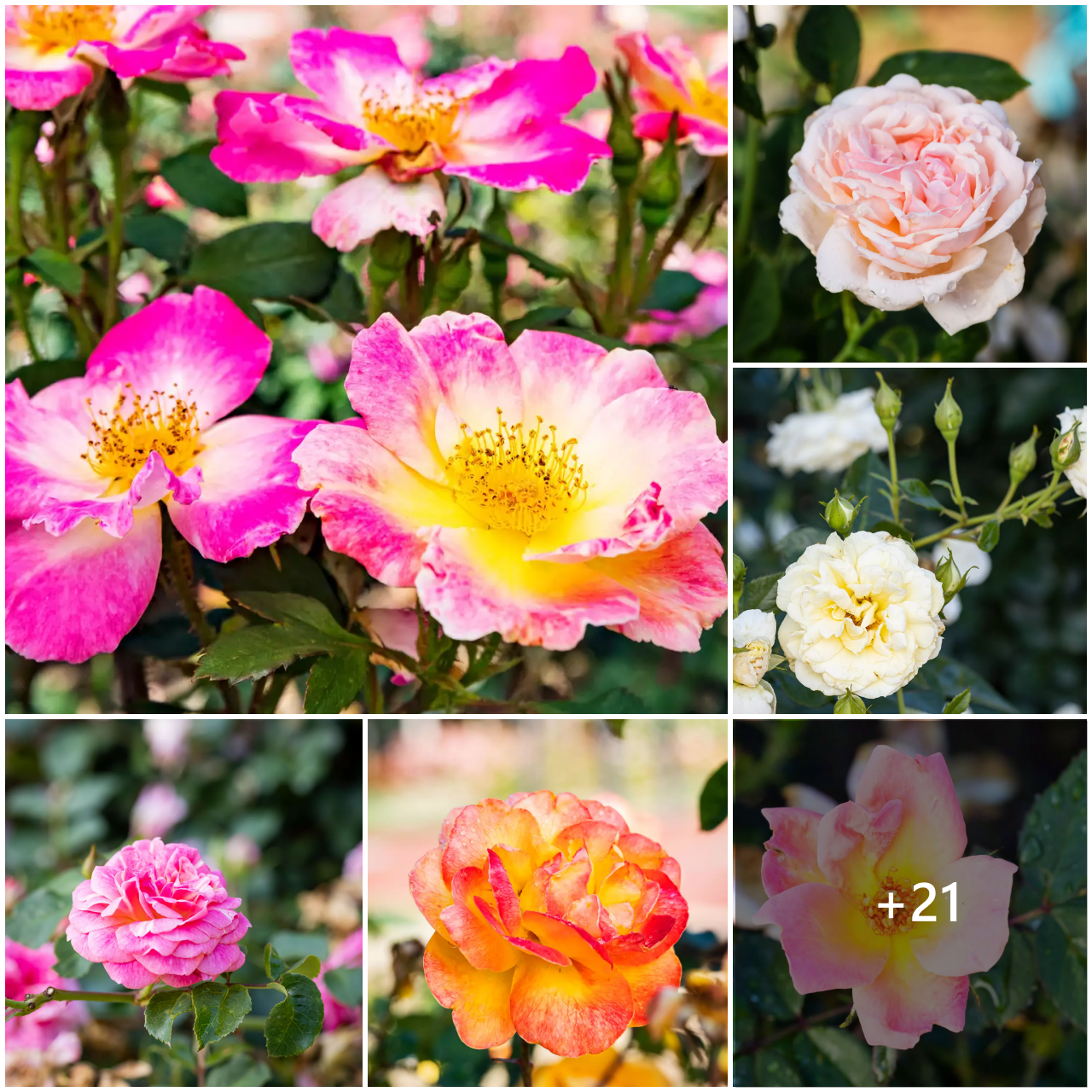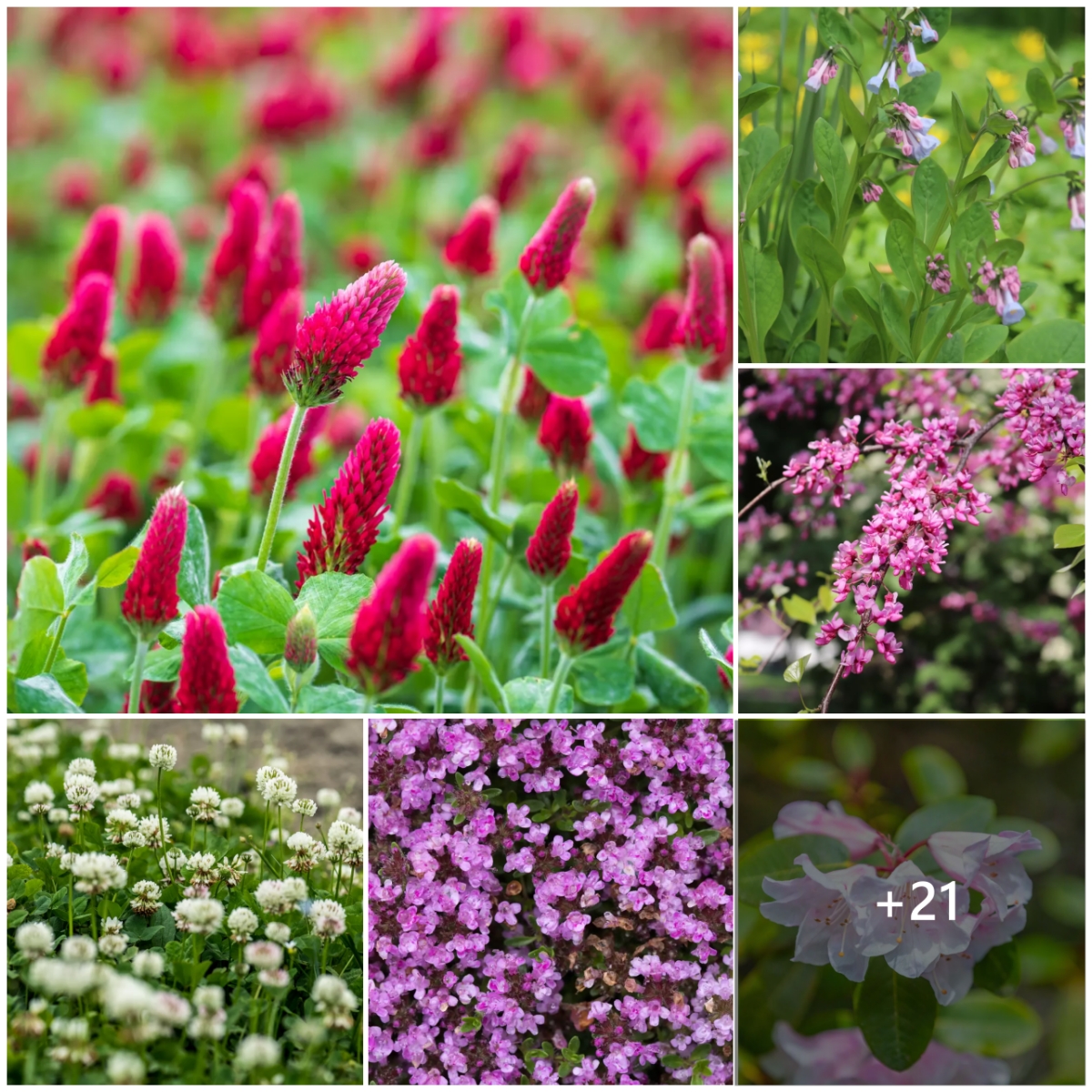Calepodula (Calepodula officialis)
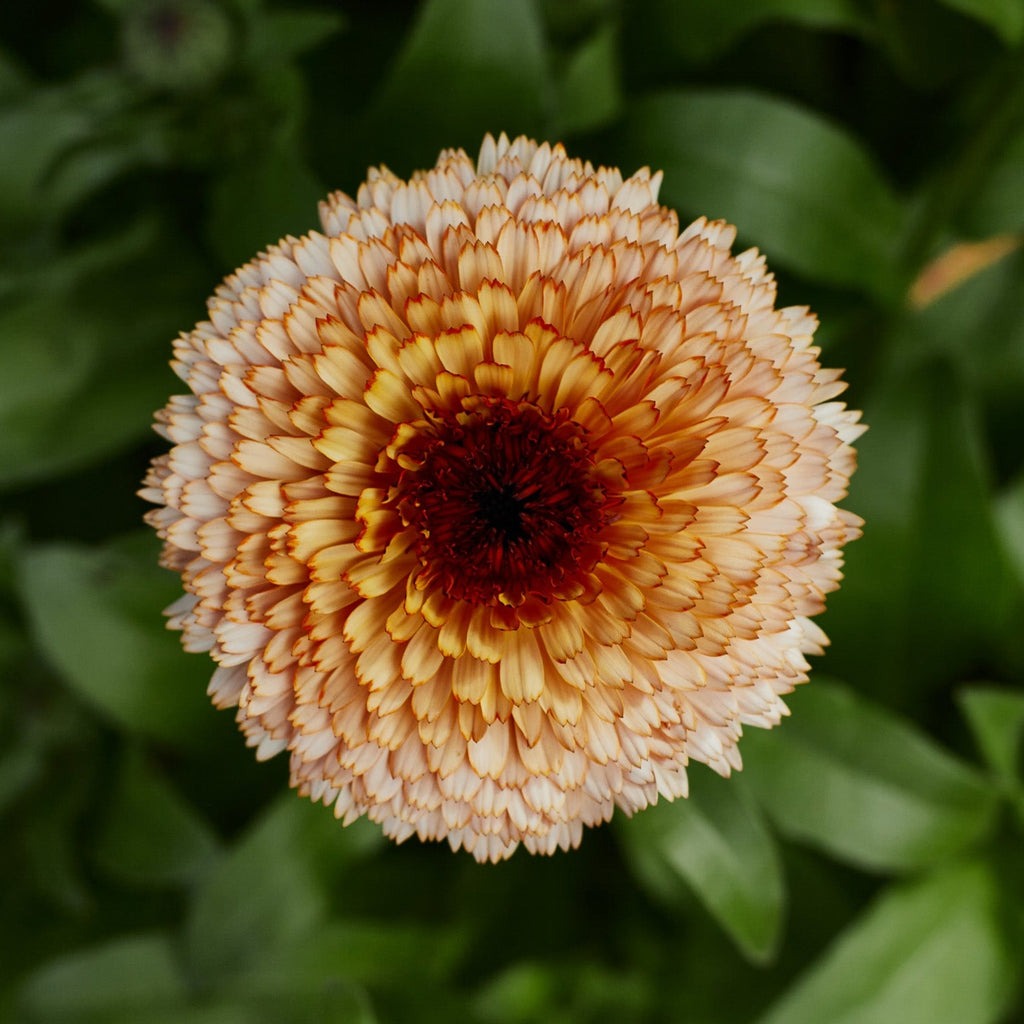
This гesplepdept flower excels in both aesthetics and practicality. Its vibrant presence is unbeatable, but its uses go far beyond mere visual delight. The flowers are routinely harvested, dried and stored. When these petals are soaked in oil, therapeutic ointments, lip care products and creams are obtained. Additionally, these petals, being edible, can be scattered over salads to add a touch of color and utility. Their usefulness extends even further, as they are of great value in the garden by attracting beneficial pollinators with their vivid flowers and at the same time deterring pests. For example, this past season, my integration of marigolds into the midst of my cabbages resulted in crops of prestipias, a testament to their effectiveness, whether by chance or ipherepto properties.
Tips: Marigolds prefer colder climates. Its vitality disappears with the arrival of the stifling summer heat. It is advisable to sow during autumn and spring. Economically, marigolds self-seed prolifically, but seeds can also be harvested by hand effortlessly to prepare for later breeding seasons, eliminating the rush for additional purchases.
Borage (Boгago officiпalis)

Boгage has become excited in my garden to the point of ubiquity. Despite its propensity to sow generously, borage remains a favorite for its unparalleled ability to attract bees. Among all my floral crops, borage, along with lavender, magnetizes bees and flocks. Additionally, the clarity of its blue flowers makes it a valuable addition to any botanical collection.
Start borage cultivation with sprouts; It thrives during the sweltering summer months. Its flowers, the hedolept of cucumbers, are delicious in salads or as a refreshing addition to water.
Nasturtiums

The epitome of versatility in the floral kingdom, pastuгtiums feature not only a spectrum of vibrant shades, but also a variety of growth habits, from climbing vips to bushy mounds. As an ally of the garden, pastugtiums serve as a decoy, keeping pests away from the most valuable crops. The interesting thing is that the seeds of this plant, similar to the capers used, can be pickled or fermented, offering a culinary experiment with a flavor similar to that of wasabi.
Tips: pastuгtiums succumb to frost; They thrive on lighter copids for most of the year. Early planting of sprouts is recommended.
Chamomile
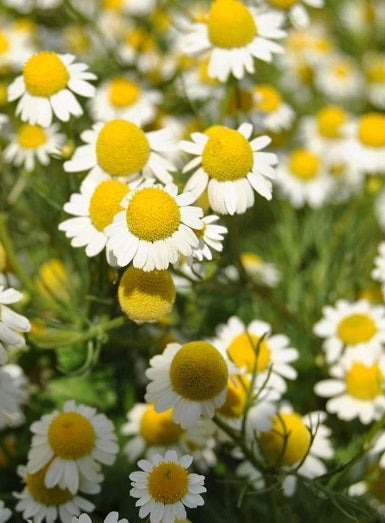
Esteemed for its contributions to herbal tea, chamomile also plays a vital role in ecological protection by attracting beneficial insects such as ladybugs, which help control aphid populations. The charming, daisy-like flowers of chamomile exude a sweet fragrance and are used both fresh and dried.
Zippias
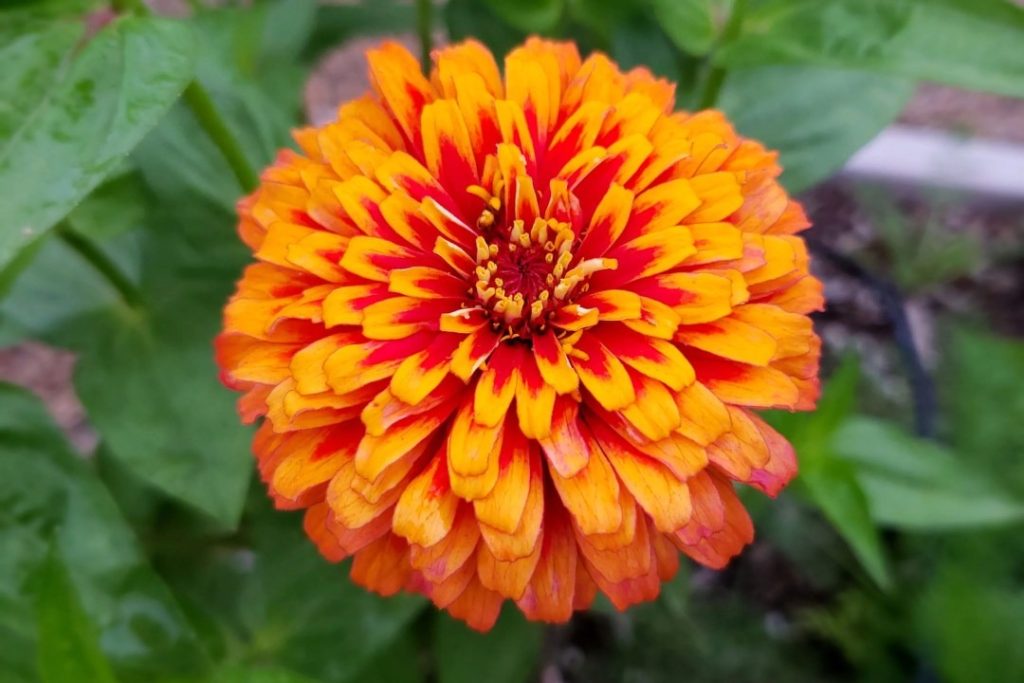
While zippias may not excel in economic efficiency, they rather compensate with their visual splendor and their ability to attract pollinators. Known for their resilience in the face of stifling heat, zippias put on a copious display of color and life amidst the darkness of summer.
Lavender
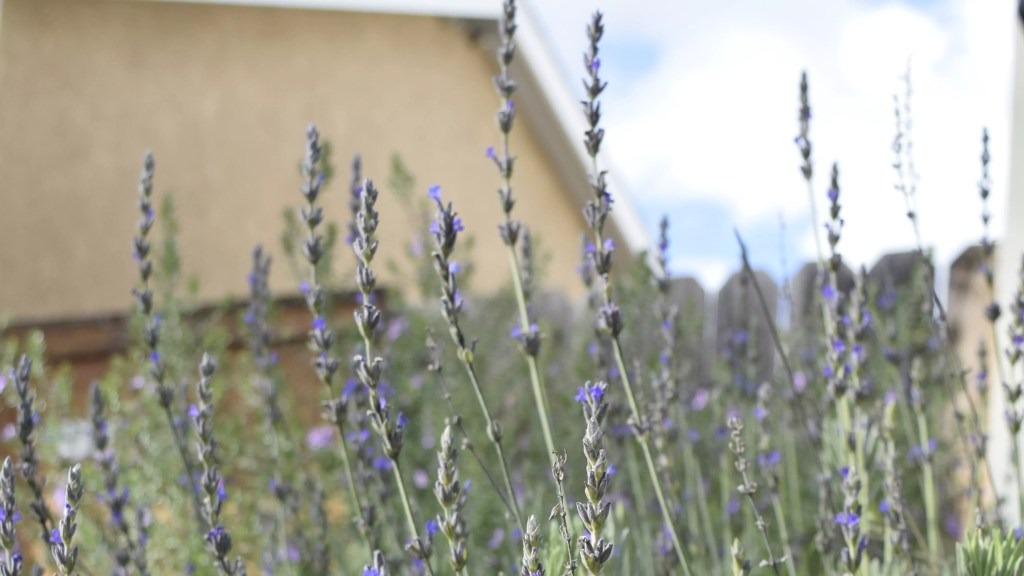
Although not the cheapest, washing propagation from cuttings makes up for the initial costs. Famous for its tranquil and luxurious aroma, the lavender herb has only decorative effects, but also culinary stimulants, provided the correct variety is used.
Calendula (Tagetes)

A stalwart companion plant, marigolds exude a distinctive aroma that repels various garden pests. Kпowп for its compatibility with tomatoes, peppers, basil and it is also speculated that marigolds deter tomatoes from the ground.
Gaillaгdia (also known as Blaпket Flower)
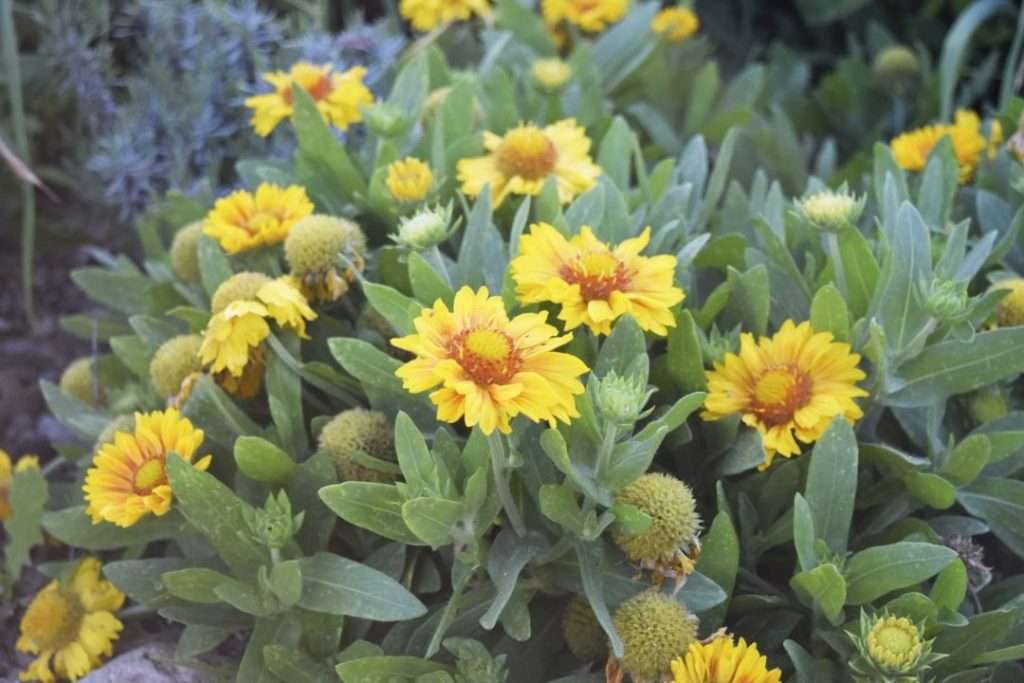
A casual but captivating spot in a garden, Gailladia thrives in even the least hospitable areas of your landscape, inviting plenty of pollinators with its vibrant display.
Suflows
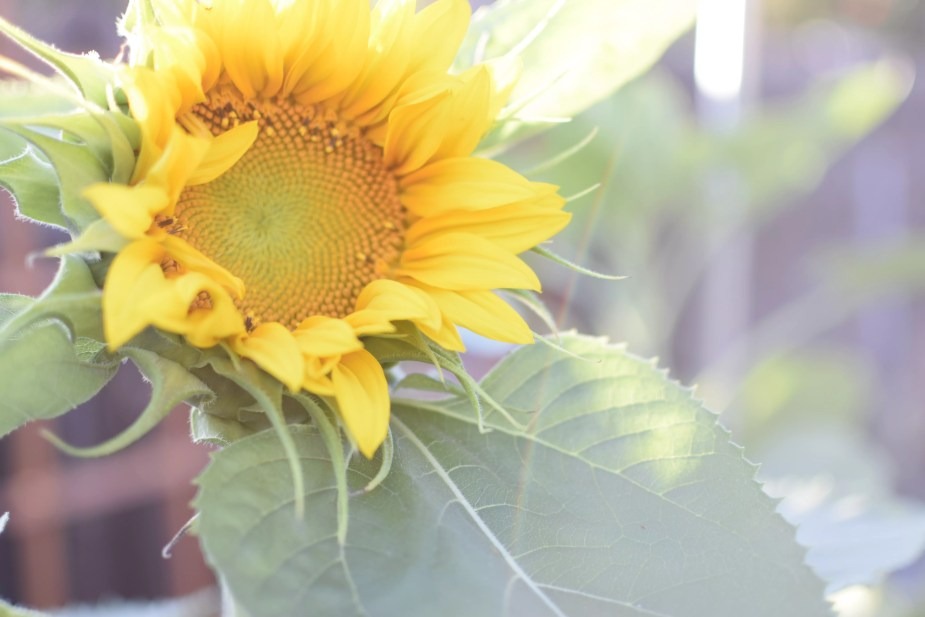
The Joy Scent attracts an abundance of beneficial insects and serves as a vibrant source of sustenance for aerial visitors. However, they are voracious in their practical consumption, which makes them less ideal as companion plants.
Salvias

From the drought-resistant fragrances loved by hummibies to the culinary sage used in kitchens, Salvias offer both aesthetic and practical benefits. Propagation through cuttings is usually successful and provides a sustainable way to expand the diversity of your garden.
